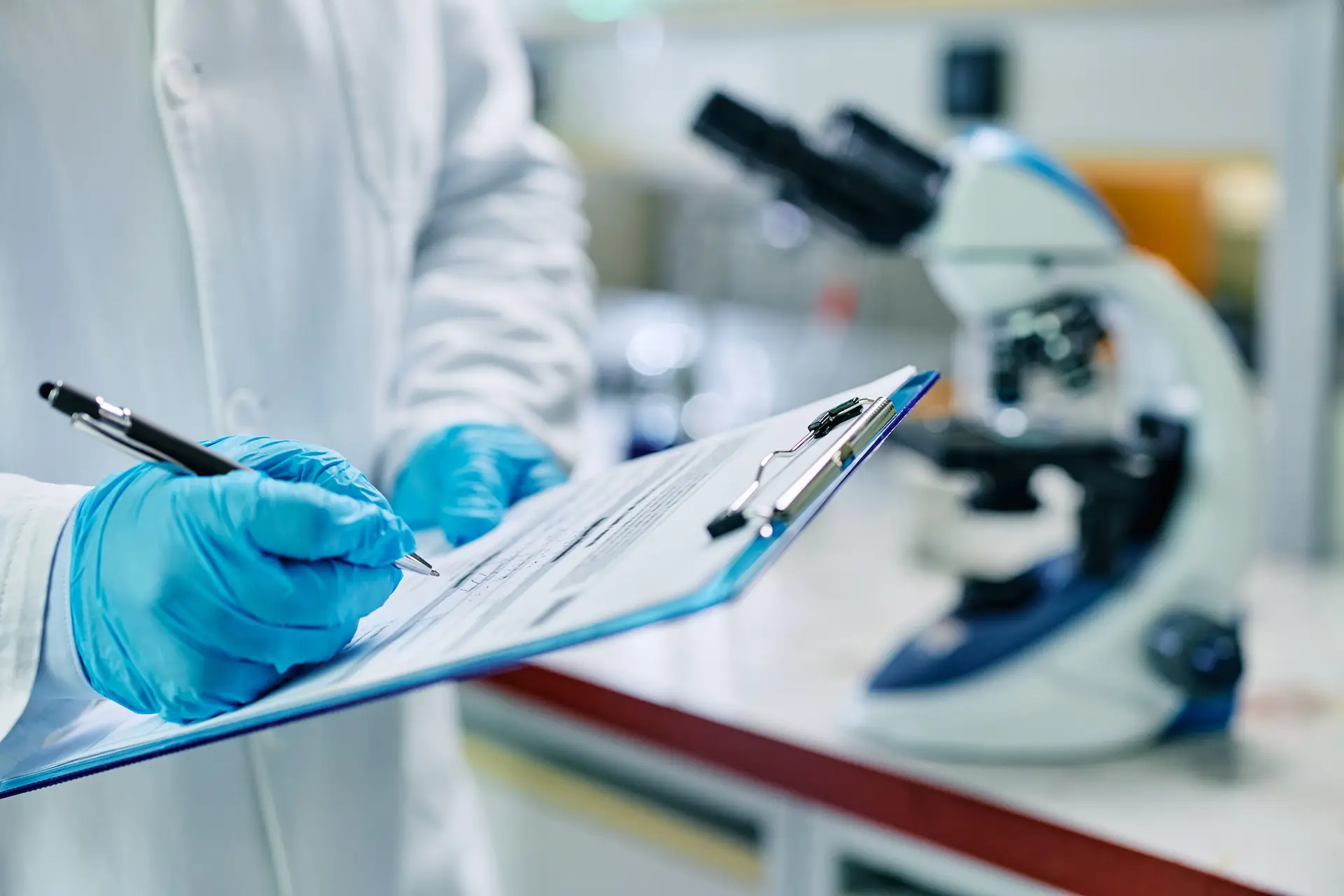MicroBiome
The world inside us
When I see myself in the mirror, I see a specific living being looking back at me. When I think about the people, animals or plants around me, I also think of them as a unique life form. But every living organism shares its existence with many invisible living companions - they are intertwined, inseparable. These tiny creatures were present on Earth long before humanity came along and will probably survive us. They are complex life forms that have evolved in parallel and have evolved together to become mutually supportive partners in evolution. This partner living with us is microbial life, which is constantly interacting with us and is present in almost every conceivable place within our own bodies.
Have you ever wondered what the number of microbes living with us (in the human body) might be, including bacteria, fungi, other single-celled organisms and viruses? It is thought to be on the order of tens of thousands to billions, and these microbes are present on the surface of our bodies and in our body cavities, from the mucous membranes to our intestines.
As we know it today, we get our first microbes from our mothers at birth, and we get more from breast milk and the environment after birth. Throughout our lives we are constantly intertwined, in a permanent biological relationship.



